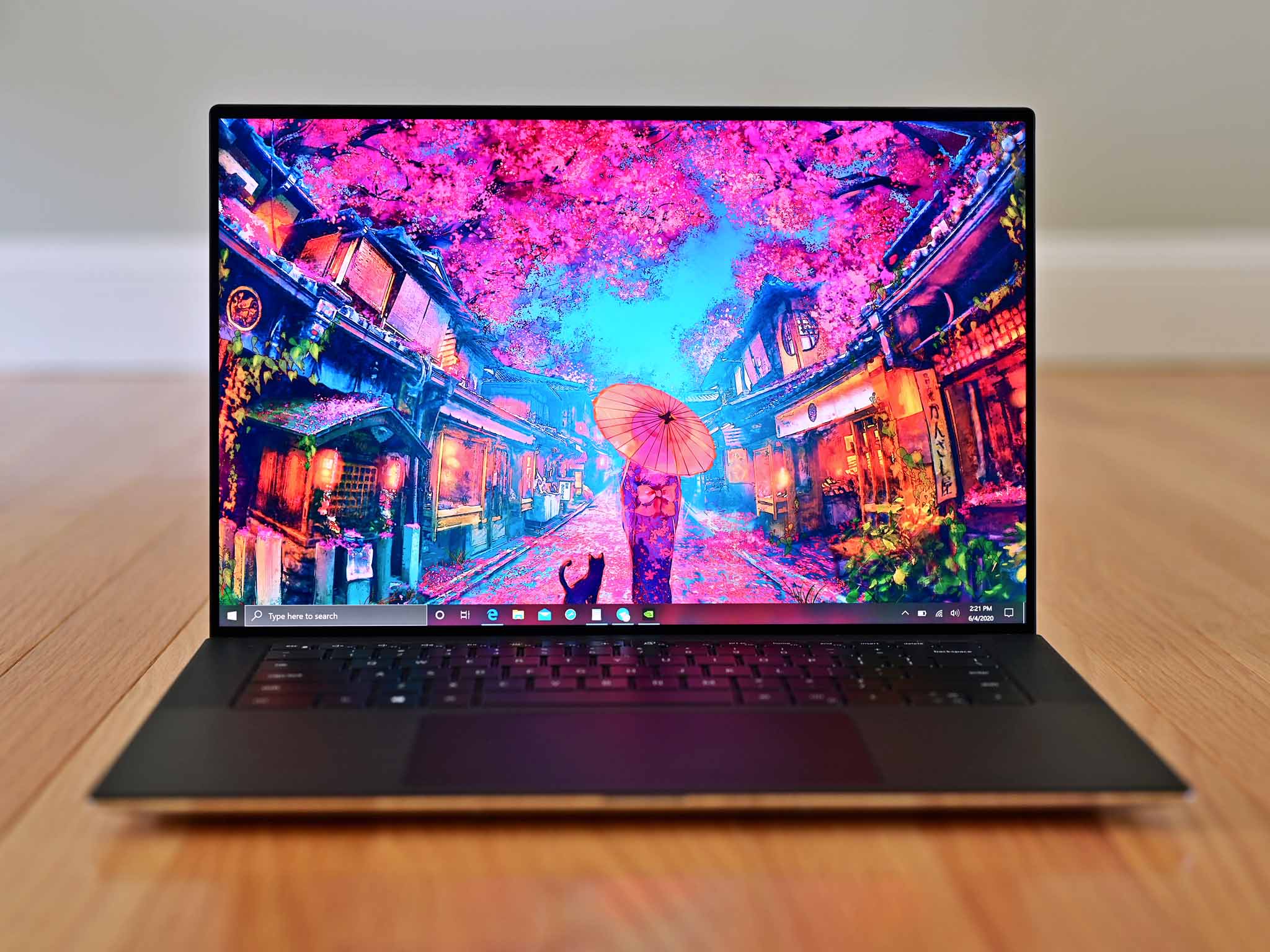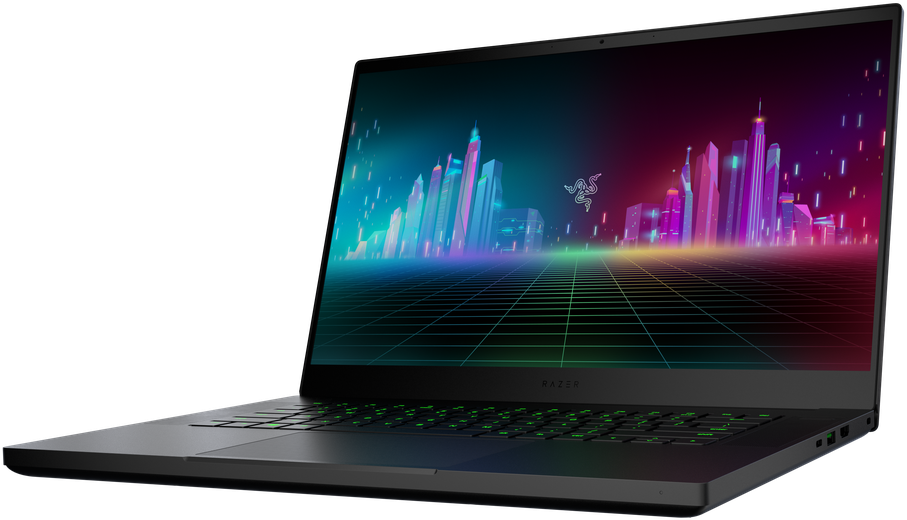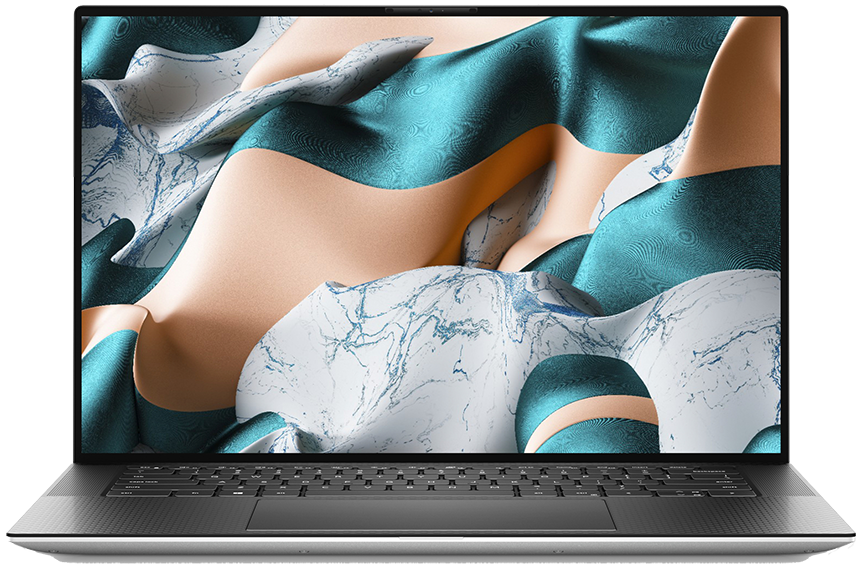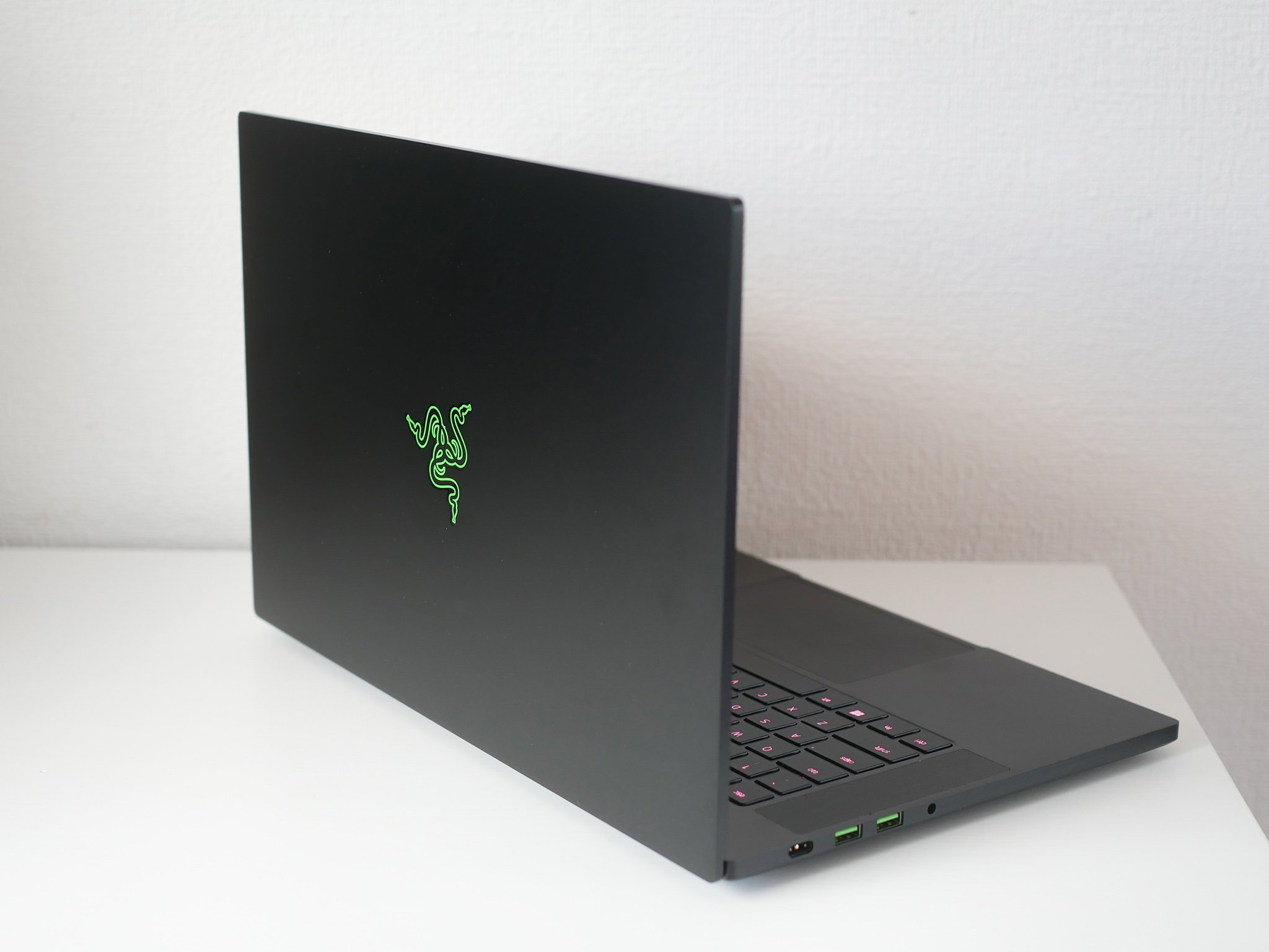Razer Blade 15 vs. Dell XPS 15


Best for gamers
The Razer Blade 15 has been our top gaming laptop since it arrived, and the latest refresh has strengthened that. This is an incredible piece of hardware and now has multiple options, including more affordable gaming choices on the go.
Pros
- Lots of configurations
- Top of the line specs
- High refresh rate or OLED display options
- Slim chassis
- Plenty of ports
Cons
- Quite expensive
- Less battery life

Professional powerhouse
The XPS 15 can game, but it's not what it's truly meant for. This is a powerful, professional class laptop with a stunning display and plenty of horsepower, perfect for creators, programmers, and many more.
Pros
- Lots of configurations
- Incredible display
- More RAM and storage options
- Dedicated graphics option
- More affordable entry point
Cons
- Weaker for gamers
- Can get expensive
There is some degree of crossover between these two laptops, making choosing a bit more difficult. Both are capable of gaming, though the Blade 15 is currently the absolute best gaming laptop. Both can be used by folks such as photographers and videographers, too, and both look just fine sitting around the meeting room table. But ultimately, your primary purpose for the laptop is going to be where you make the decision.
Razer Blade 15 vs. Dell XPS 15 tech specs

| Header Cell - Column 0 | Razer Blade 15 | Dell XPS 15 |
|---|---|---|
| Graphics | Up to NVIDIA RTX 3080 Ti | Up to NVIDIA RTX 3050 Ti |
| Processor | Up to 12th Gen Core i9 H-series | Up to 12th Gen Core i9 H-series |
| Memory | Up to 32GB DDR5 | Up to 64GB DDR5 |
| Storage | 512GB PCIe SSD 1TB PCIe SSD | 256GB PCIe SSD 512GB PCIe SSD 1TB PCIe SSD 2TB PCIe SSD |
| Display | 15.6-inch Full HD 144Hz/360Hz (non-touch) QHD 165Hz/240Hz (non-touch) 4K OLED 60Hz/144Hz 100% DCI-P3 (touch) | 15.6-inch 60Hz Full HD+ (non-touch) 3.5K OLED 60Hz (touch) 4K UHD+ 60Hz (touch) |
| Ports | 3x USB 3.2 2x USB-C 3.2 Thunderbolt 4 HDMI 2.1 3.5mm audio | Two Thunderbolt 4 USB-C 3.2 SD card reader 3.5mm audio |
| Battery | 65Wh/80Wh | 56Wh (No dedicated GPU) 86Wh |
Both of these laptops have a lot of great hardware inside them. Overall, power goes the way of the Razer Blade 15, but the XPS 15 is no slouch. Both now use the latest 12th Gen processors from Intel, with CPUs up to the mighty Core i9-12900HK available in both devices (configurations with 11th Gen Intel CPUs are available as well). Both laptops also feature NVIDIA's cutting-edge 30-series GPUs, though the Razer Blade 15's GPU options cap out at the 3080 Ti while you're limited to a weaker 3050 Ti with the Dell XPS 15. With that said, the Dell XPS 15 does have options for integrated Intel UHD Graphics or Intel Iris Xe Graphics, both of which will appeal to people that have no interest in gaming and simply want to get light productivity work done.
Whether at the entry-level spec or at the highest tier, neither the Blade 15 or XPS 15 disappoints on hardware.
Both of these laptops are stylish and are pretty compact for 15-inch laptops. You have 4K display options on both, but the latest Blade 15 revision kicks it up another notch with an OLED 4K touch panel if you're prepared to pay a premium for it, and it comes factory calibrated with a 100% DCI-P3 color gamut. Dell, by contrast, has removed the option for a 4K OLED panel from the XPS 15, though the 4K display it does have still looks phenomenal. There's also a newer 3.5K OLED option on the Dell XPS 15 that offers a strong balance between clarity and power usage.
Ultimately, whether at the entry-level spec or at the highest tier, neither the Blade 15 or XPS 15 disappoints on hardware. The XPS 15 certainly has an edge with battery life since its specs draw less power, but you're not left wanting for connectivity on either, and both of them have Thunderbolt 4 and Microsoft Precision Drivers for the trackpad. Choosing which you should get comes down to a fairly simple question.
To game, or not to game?
If you're considering the Razer Blade 15 at all, then there's a strong chance it's because you want to do some PC gaming. While there are some differences in performance away from gaming, those are easier to compromise than if you really want a top-tier gaming experience.
The XPS 15 has options for the RTX 3050 as well as its Ti version, and both of these are fairly competent for laptop gaming. It's by no means an absolute beast, but it's capable of playing new titles at reasonable frame rates with only moderate sacrifices when it comes to graphics. Outside of gaming, it offers excellent performance for tasks such as video editing — without getting insanely hot or completely destroying the laptop's battery life. If gaming is a secondary priority, then the XPS 15 is overall a slightly better choice.

Razer's slogan is "for gamers, by gamers," and if gaming on your laptop is your biggest priority, then the Blade 15 is the clear winner of this matchup. Firstly, you can get the best Max-Q GPUs from NVIDIA in the Blade 15, which boast real-time ray tracing and significant performance improvements over previous-gen cards. It's essentially a beastly desktop gaming PC in the shape of a laptop, which is fantastic.
All the latest news, reviews, and guides for Windows and Xbox diehards.
You can also get a 360Hz FHD display, which is absolutely insane on a laptop and means you can game at incredibly high frame rates without the need for an external monitor. If you'd prefer something sharper and don't mind lowering your maximum frame rate, there are also stellar QHD and 4K UHD screens available with refresh rates of up to 240Hz and 144Hz, respectively.
Both of these are incredible laptops that have amazing hardware, plenty of power, and are easily portable enough to take anywhere you need them. But if you really want to game at the best possible level as well as get your work done, then the Blade 15 is the better choice.

By gamers, for gamers
It's more expensive than the XPS 15 in most cases, but if gaming is your top priority, it's worth it to splurge on the Razer Blade 15. You get industry-leading performance, that 360Hz display if you want it, and a laptop that you can still easily take to work or on the road.

The king of 15-inch professional laptops
Whatever application you want to throw at the XPS 15, whether it's for coding, photography, video editing, or professional applications for the workplace, it will eat them up. It's a fantastic laptop, and thanks to being cheaper at the entry-level than the Razer Blade 15, it is the better choice if you already have a desktop PC or if gaming is just a nice secondary feature to have.

Brendan Lowry is a Windows Central writer and Oakland University graduate with a burning passion for video games, of which he's been an avid fan since childhood. He's been writing for Team WC since the summer of 2017, and you'll find him doing news, editorials, reviews, and general coverage on everything gaming, Xbox, and Windows PC. His favorite game of all time is probably NieR: Automata, though Elden Ring, Fallout: New Vegas, and Team Fortress 2 are in the running, too. When he's not writing or gaming, there's a good chance he's either watching an interesting new movie or TV show or actually going outside for once. Follow him on X (Twitter).
